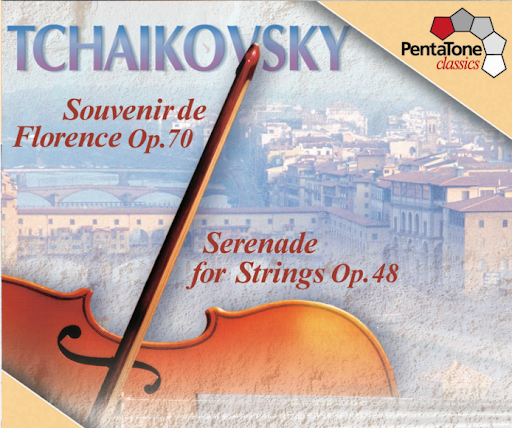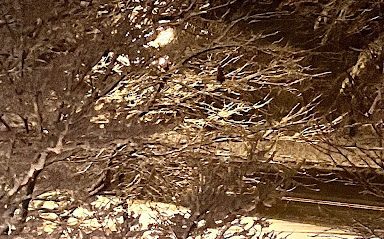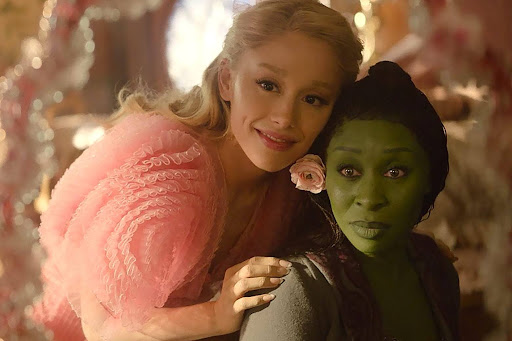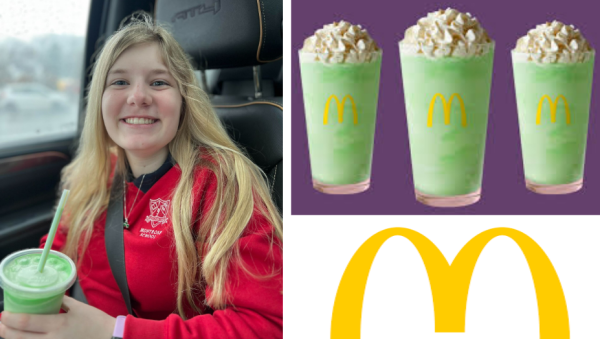Literary Devices in…Music?

Taylor Swift’s album folklore is full of literary devices if you take the time to listen for them.
If you’ve spent any time in a literature or English class here at Montrose, you’ve probably heard a few of these terms: anaphora, juxtaposition, polysyndeton, repetition (personal fave.) If you’re in upper school, you’ve probably had to find one of these pesky devices in a passage or poem and prove how the author used it very purposefully to prove his or her point. If you’re one of the six other people who have to do this in Latin, you’ve grown to love alliteration particularly fondly. Since I encounter literary devices of all sorts in multiple classes, they’ve been on my mind a lot. Listening to Taylor Swift, I found one in her song! This got me thinking: music is poetry taken to another level, so how often do artists use literary devices to enhance their lyrics and does it work?
In bridge of the eleventh track of her eighth studio album folklore, “invisible string” (which in itself is already symbolism) Taylor uses a tricolon crescens. This device is used often in Latin, and it’s when an author lists three things for the same purpose. If it’s crescens, then each one builds on the previous in some way. A common example would be “veni, vidi, vici,” which means “I came, I saw, I conquered.” The lyrics that Taylor uses are:
Something wrapped all of my past mistakes in barbed wire,
Chains around my demons, wool to brave the seasons
The song is all about string, hence the title, and here she lists three types of “string” in descending order, from the most to least hostile. Although it seems that it’s “decrescens,” not crescens, each type of string gets better and better and functions to build to the next line which is the least hostile/best of all:
One single thread of gold tied me to you
If this were the type of song to have a beat drop, that would be the beat drop. The tricolon prepares the listener for this important line which lies at the center of the song and captures what Taylor is trying to convey through it. That string, while invisible to the eye, is more powerful than wool, chains, or even barbed wire.
Two songs after “invisible string” in the same album, Taylor uses a literary favorite of many: juxtaposition. The song “epiphany” is about how people find solace in dreams and their imagination when their world is full of chaos and hardship. She is particularly touching on the difficulty of doctors and nurses who were working during the Covid-19 pandemic. Taylor opens, however, not with this focal point, but with a scene from her grandfather’s time as a soldier during World War II:
Keep your helmet, keep your life, son
Just a flesh wound, here’s your rifle
“Sir, I think he’s bleeding out”
And some things you just can’t speak about
This opening verse in mirrored by the second verse which is about the unique difficulty of the pandemic:
Something med school did not cover
Someone’s daughter, someone’s mother
Holds your hand through plastic now
“Doc, I think she’s crashing out”
And some things you just can’t speak about
By using the same pattern both times, and even employing the same last words of the last three lines, Taylor places these two historical events next to each other in the listener’s mind. In comparing what the doctors and nurses (and family members) experienced to a war well-known by many as horrific, Taylor argues that what’s happening now is just as difficult and scarring as what those soldiers had to go through. Instead of just saying: “Oh it’s so difficult and all these hard things happened to people,” she paints a vivid picture of struggle, solitude, death, and finally a glimpse of peace. Her use of juxtaposition brings her song to life and makes it clear that she put thought and emotion behind not only her lyrics but the music as well.
These are just two examples of a musical artist using literary devices to strengthen her lyrics and argue her point through music. I encourage you the next time you’re listening to music to see if the artist used any literary devices and ask yourself, what would this song be like without it? Would it have the same effect or be as good? If you listen exclusively to TikTok music, (shaking my head) or classical music (double thumbs up) here are a few to try out and add to the mix: “Viva La Vida” (allusion), “Sally Forth” (imagery), “Daylight” by Harry Styles (juxtaposition), “First Time in Forever reprise” (dialogue), “First Time in Forever” (juxtaposition), “When I am Older” (Olaf, irony.) And for the grand finale, “All Too Well (10 minute version)”: sense imagery, symbolism, polysyndeton, repetition, metaphor, alliteration, and the kitchen sink. See, English is fun!
Theresa Marcucci ‘23, Associate Editor-in-Chief
23tmarcucci@montroseschool.org










